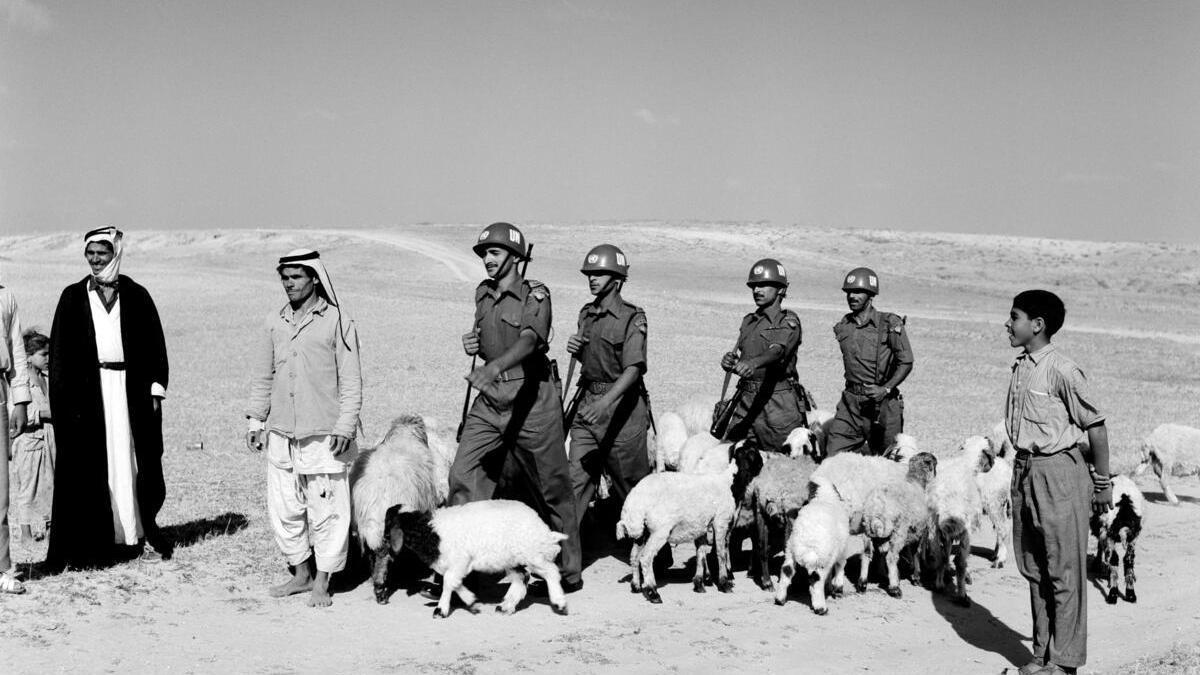
Data | Most soldiers killed in action during UN missions were Indians Premium
The Hindu
The UN Operation in the Congo between 1960 and 1964 was the deadliest for Indian troops
The United Nations observed the 75th anniversary of its peacekeeping missions last Thursday. During a ceremony to pay tribute to the more than 4,000 peacekeepers who have died on duty, Secretary-General of the UN, Antonio Guterres, requested hundreds of military officers and diplomats in uniform to observe a moment of silence in their honour. He then awarded medals to ambassadors from the 39 home countries of the 103 peacekeepers who lost their lives in 2022.
The first military observers were sent by the UN Security Council to oversee the Israeli-Arab Armistice Agreement in May 1948. Indian troops and experts have played a significant role in the UN’s peacekeeping missions. Data show that since the inception of UN peacekeeping missions, most of the lives lost during peacekeeping missions due to malicious acts were of Indian troops.
Chart 1 | The chart shows the number of peacekeepers, country-wise, who died due to malicious acts during peacekeeping missions.
Charts appear incomplete? Click to remove AMP mode
In total, 1,115 peacekeepers have died on the field due to malicious acts, of which 69 were from India followed by Chad (64), Ghana (53), Nigeria (44) and Pakistan (44). In total, 4,298 peacekeepers have died — 1,481 due to illness, 1,386 due to accidents, 316 due to other causes, and the rest due to malicious acts.
The United Nations Operation in the Congo (ONUC) between July 1960 and June 1964 proved to be the deadliest for Indian troops and experts, with 15 deaths due to malicious acts. A front-page article published on November 24, 1960, in The Hindu, described the attack of the Congolese soldiers on Indian officers in detail. It spoke of how Indian Army Majors were taken out of their residences at bayonet points and severely injured with rifle butts. A colonel who was in charge of the Indian contingent was stopped by Congolese soldiers who had submachine guns and his car was taken away. By the end of March 1963, most Indian troops returned. The then Deputy Defence Minister, D.R. Chavan, said in the Lok Sabha that 36 Indian armed force personnel were killed during the mission.
Chart 2 | The chart shows the Indian fatalities due to malicious acts across various peacekeeping campaigns





















 Run 3 Space | Play Space Running Game
Run 3 Space | Play Space Running Game Traffic Jam 3D | Online Racing Game
Traffic Jam 3D | Online Racing Game Duck Hunt | Play Old Classic Game
Duck Hunt | Play Old Classic Game











